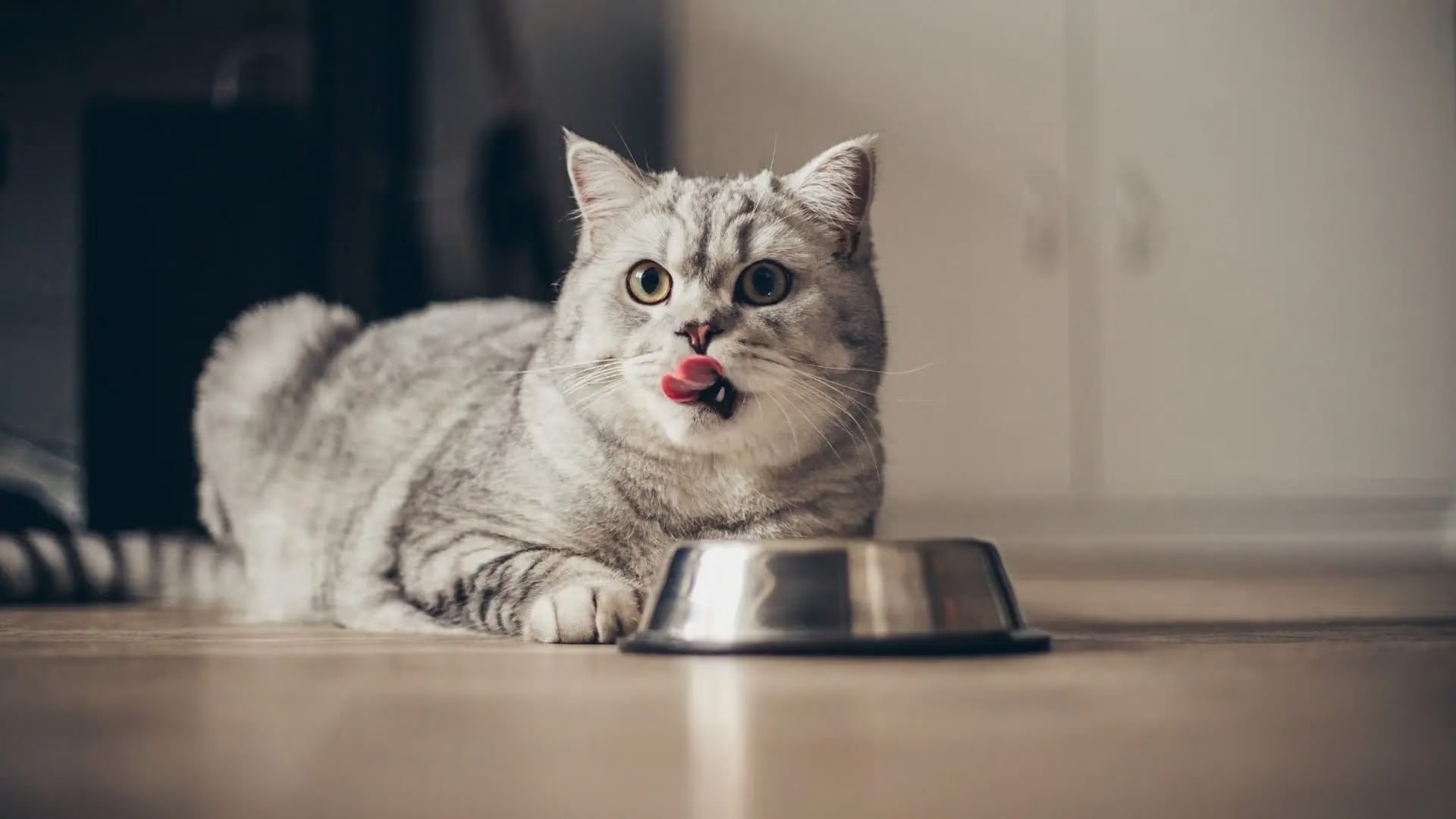The natural cat food and treat category has taken a positive turn as consumers focus more on their felines' distinct needs and preferences.
"So many more people are catering to their cats and recognizing that they are different, not like dogs, and they have unique needs that finally are being addressed," said Diane Dewberry, owner of The Healthy Animal, a retailer in Pembroke, Mass.
The result has been a large cat-owning clientele willing to spend money to ensure their cats get quality food and nutrition, she added.
"The new [customers] coming in don't care what they spend; they want the better food because their cats like it," Dewberry said.
With this desire for quality food and nutrition, consumers are turning to natural foods and treats. People's embrace of clean eating for themselves may be an influence as well.
"For cats, the emphasis in the natural category tends to be on clean eating—choosing minimally processed, real foods that provide maximum nutritional benefits," said Heather (Acuff) Mendoza, director of research and development for Nulo Pet Food, a manufacturer in Austin, Texas.
Not only do consumers realize that cats need quality nutrition for their overall health, but owners also want and need foods that address their pets' most common needs, said Janet Scott, owner of Rawz Natural Pet Food, a manufacturer in York, Maine.
"The current trend favors natural food options offering solutions, such as recipes high in meat, low in carbohydrates and focused on addressing specific needs," she said.
Romina Tasahuaman, store manager for Choice Pet, a retailer in Stamford, Conn., reported an uptick in sales of natural cat foods, especially those that are formulated to address special conditions such as diabetes and urinary tract issues.
"When customers find natural foods and try them, and they see their cats have no issues going forward, they stick with that brand," she said.
For those less familiar with premium and natural cat foods, guidance is especially welcome.
"Unfortunately, not everyone has access to the education or access to people that feed more naturally, and it can be kind of scary to switch over," said Alexandra Dameron, owner of Noah's Natural Pet Market in San Diego. "Most cat owners are told to just feed dry food and wet food as treats occasionally and so are nervous to branch out."
This is where independents often set themselves apart with the education and expertise to help cat owners with questions, concerns, information and coaching.
"During this age of information, retailers are faced with the challenge of delivering the right information to consumers, on the right platform, at the right time," Mendoza said. "This sets the bar high for retailer education, but when done right, will build trust and rapport with consumers."
Industry insiders noted several key training topics for retail associates.
- The unique nutritional needs of cats. "Cats are different than dogs and have very different nutritional needs," Dameron said. "Cats are obligate carnivores, which means they have no carbohydrate requirement. They need meat, fat, organs and bone to survive and thrive."
- Product knowledge. "Learn about the products. Read about the products, learn the contents, understand why we have it and what it will do for the cats," Dewberry said.
- Sourcing for quality. "With the many options available, along with marketing techniques, it can be a bit overwhelming for shoppers to determine which products are the best quality," said Fernando Maluf, vice president of international sales for Natoo Pet Foods, a manufacturer in São Paulo. He recommends knowing where a product is made, what ingredients are in a product and where the ingredients come from. "How and where ingredients are sourced can play a key role in the quality of the product," he added.
- Engaging with customers. Teaching associates what questions to ask to get more information from customers on their cats' needs and preferences is crucial to helping shoppers select appropriate diets, Dewberry said.
- Personal experience. "The best education … is having experience with the food or treat in question," Dameron noted.
- Tips for transition. "We all need to know how best to gently guide a customer to the more natural/alternative categories for their kitties while still honoring the cat's preferences," Dameron said. "We all have to be aware of the ways to start introducing new textures and flavors and the tricks you can use to help a cat want to try something new."
Texture trends & flavor preferences
Getting cats to eat new foods can be a challenge, as they have a reputation of being finicky for good reason. This is where Dewberry finds sampling to be very helpful.
"Texture is a big thing," she said. "Some cats are imprinted on certain textures or smells. We always sample, which is good when companies offer them."
Dry foods remain a best-seller. These diets offer a convenience consumers appreciate.
For those looking for a natural, grain-free, single-protein dry food option, Rawz Natural Pet Food is introducing Limited Rabbit Recipe for Cats this month. The kibble is made with real rabbit, contains marine microalgae oil (algal oil) and features a freeze-dried raw rabbit coating, Scott said, adding that it is free of eggs, potato, corn, rendered fat, dairy, wheat, soy and canola oil.
Limited Rabbit Recipe for Cats "is made with easily digestible ingredients and is a great solution for cats with food sensitivities," she noted.
Canned diets have been a feline food staple for decades, and they are very popular in the natural market, with pâté, minced, shredded and stews ranked as top textures, industry experts agreed. At Global Pet Expo in Orlando, Fla., in March, Nulo launched a line of 10 natural, high-meat canned cat food formulas. Featuring diversified textures, the new diets include fine minces, regular minces and flakes. Proteins include chicken, beef, duck, lamb, quail egg, salmon, tuna, crab and prawn, and the canned diets contain organ meats and broth.
"Pâtés have been the classic canned food format for decades, but with recent advantages in processing technology, the ability to innovate in this category is almost limitless," Mendoza said. "This line is focused on providing high animal-based protein, flavorful broths, and functional ingredients like pumpkin and inulin to support gut health."
Raw and freeze-dried fare are gaining attention in the natural pet food market, retailers said, and many independents reported that they encourage customers to feed these foods.
"While frozen raw food is the absolute best way to feed your kitty, some cats won't take to the texture," Dameron said. "Softer freeze-dried and air-dried are becoming more popular for cats, and we are helping educate around why these foods are better than traditional kibbles for cats.
"We also are seeing freeze-dried and air-dried treats being extremely popular," she added.
For shoppers ready to make the switch to raw, Dewberry uses freeze-dried foods and treats as an effective bridge.
"Most cats can't go straight from dry to raw, and it takes cats time," she said. "We always try to slowly transition them from dry to the freeze-dried, then canned and then raw."
While customers are less reserved about spending money on quality cat foods, some retailers have found rising prices are affecting raw purchases.
The market for raw cat food and treats has certainly grown, Tasahuaman said, but "price increases have made it harder for some to keep feeding raw. Many use raw as a topper or a treat because of the expense."
Toppers in general are gaining popularity as a simple way to add more natural nutrition into any cat's diet, insiders said. This September, Natoo plans to unveil meal toppers for cats in Chicken & Sweet Potato and Salmon & Sweet Potato flavors. The single-protein treats are similar to a wet food, with shreds of chicken or chunks of fish in a broth, and they contain no byproducts, preservatives, or artificial colors or flavors.
"Perfect for cats of all ages and sizes, they can be enjoyed alone or mixed with dry food for added nutrition," Maluf said. "Made with limited ingredients, they're easily digestible and great for pets with sensitive stomachs or allergies. Plus, they are rich in folic acid, biotin, antioxidants and fiber, and are fortified with essential vitamins A, B12 and D3."
In addition to texture, flavors and palatability are key considerations. Chicken and fish remain the most common and popular proteins in cat food and treats, according to insiders.
"Our poultry- and fish-based formulas tend to be our Nulo fan favorites and top-selling proteins for cats," Mendoza said. "We're also seeing increased interest in red meat options, such as beef and lamb."
For owners who prefer feeding a rotational diet, more products are now available in a variety of flavors and proteins, Scott said, such as turkey, duck, rabbit and pork.
Offering lots of protein options can be beneficial to cats, Dameron noted.
"We encourage a lot of variety as it helps to prevent the stereotypical 'picky' cat, so we encourage customers to explore more novel proteins and diversify their cats' foods and treats," Dameron said. "If you understand your cat is a predator and carnivore, you can focus on the ways they play and hunt to determine what they might like. Red meats if they are a ground hunter and poultry if they like to fly through the air."
Source: Pet Product News
You could be interested: Analysis: How Avian Flu Cases in Domestic Cats Can Impact the Manufacturing Industry






































